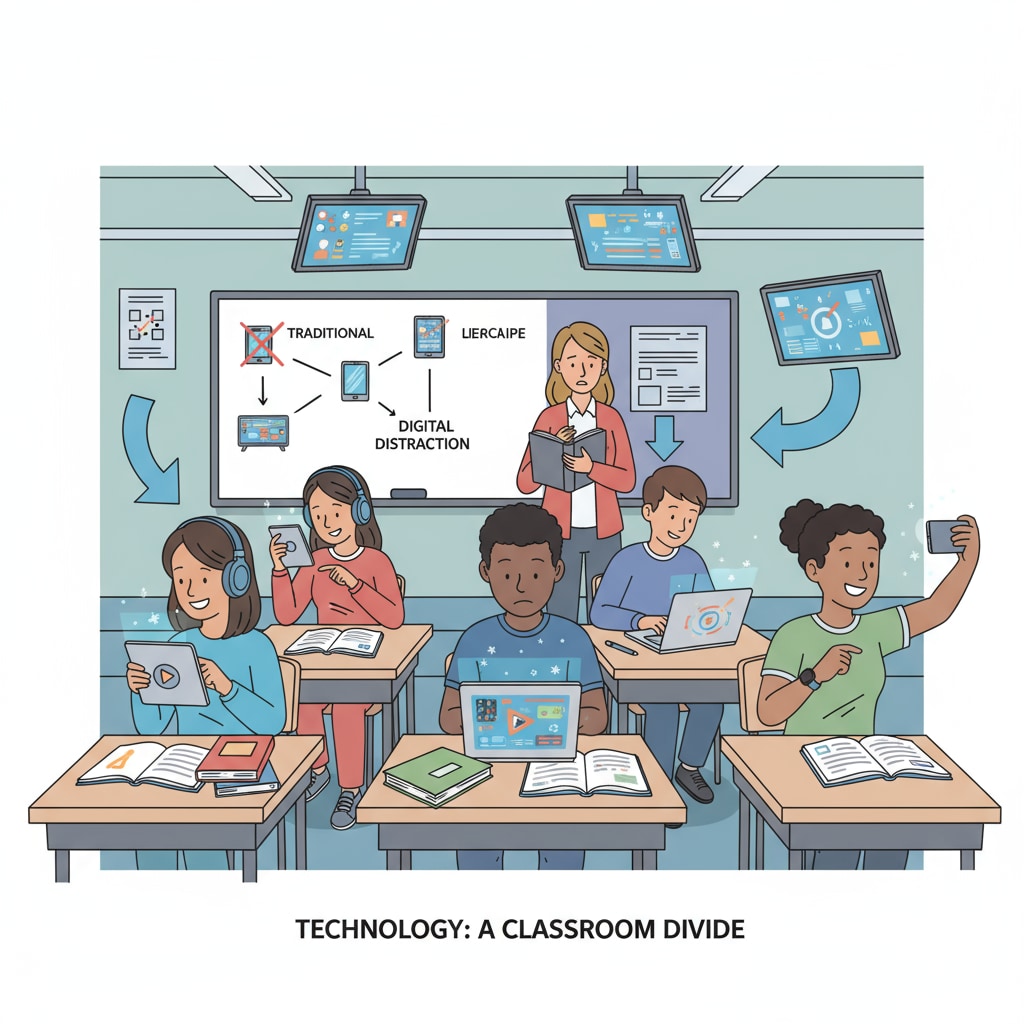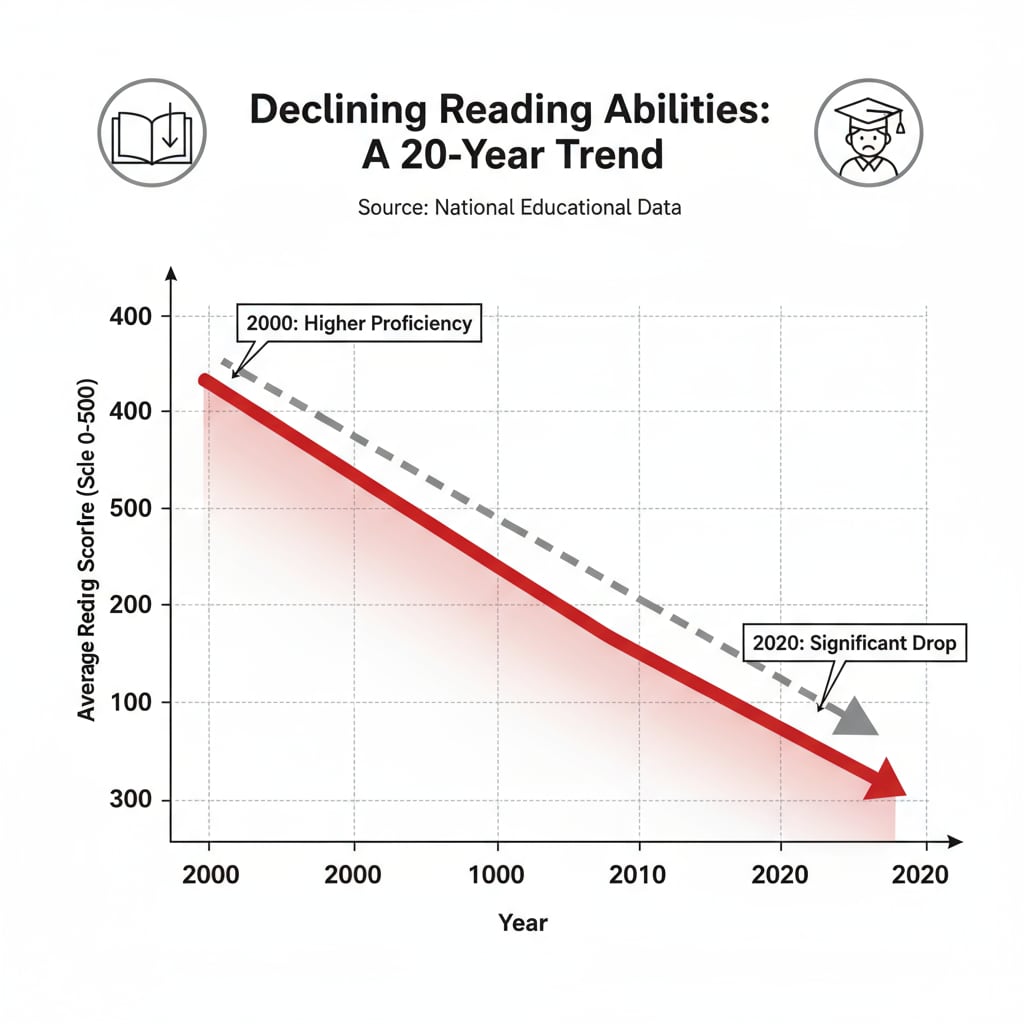In the digital era, the issues of declining reading abilities, school education, and technology impact are intertwined and pose a significant challenge. Students’ reading proficiency has been on a worrying downward trend, yet schools seem to be taking a passive stance.

This phenomenon is not only a concern for educators but also for the future of students’ academic and personal development.
The Alarming Decline in Reading Abilities
Multiple studies have shown a significant decline in students’ reading comprehension and fluency. For example, standardized test scores in reading have been dropping steadily in recent years. According to The National Assessment of Educational Progress (NAEP), many students struggle to understand complex texts and analyze literary works. This decline is a clear indication that something is amiss in the current educational landscape.

The Role of Technology in Eroding Reading Skills
Technology has become an integral part of our lives, but it has also had a negative impact on students’ reading habits. The prevalence of smartphones, tablets, and other digital devices has led to a decrease in the time spent on reading traditional books. Students are often distracted by social media, video games, and other digital content. As a result, their attention spans have shortened, making it more difficult for them to engage with long and complex texts. Research from the American Psychological Association has also pointed out that excessive screen time can affect reading development.
Readability guidance: By highlighting these issues, we can see the urgent need for change. Schools need to step up and address the decline in reading abilities. Transition words like ‘however’ and ‘therefore’ help to make the flow of ideas more logical. We use short paragraphs to keep the information concise and easy to understand.
The Passive Attitudes of Schools
Despite the clear evidence of the decline in reading abilities and the role of technology, many schools have been slow to respond. Some schools have not updated their reading curricula to adapt to the digital age. Teachers may lack the training to incorporate digital resources effectively into reading instruction. Additionally, there is often a lack of emphasis on creating a reading-rich environment within the school. This passive attitude only exacerbates the problem.
Rebuilding the Reading Culture
To reverse the trend, schools need to take proactive measures. Firstly, they should revise the reading curriculum to include a balance of traditional and digital reading materials. Teachers should be trained on how to use technology as a tool to enhance reading, rather than a distraction. Secondly, schools can create more reading spaces and organize reading events to encourage students to read. For example, setting up a school library with comfortable seating and a wide range of books can attract students to engage in reading. Finally, parents should also be involved in promoting reading at home.
In conclusion, the decline in students’ reading abilities due to technology and the passive attitudes of schools is a complex issue. However, by taking positive steps to rebuild the reading culture, we can help students regain their reading skills and ensure a brighter future for their education and personal growth. The issues of declining reading abilities, school education, and technology impact must be addressed head-on for the betterment of our students.


